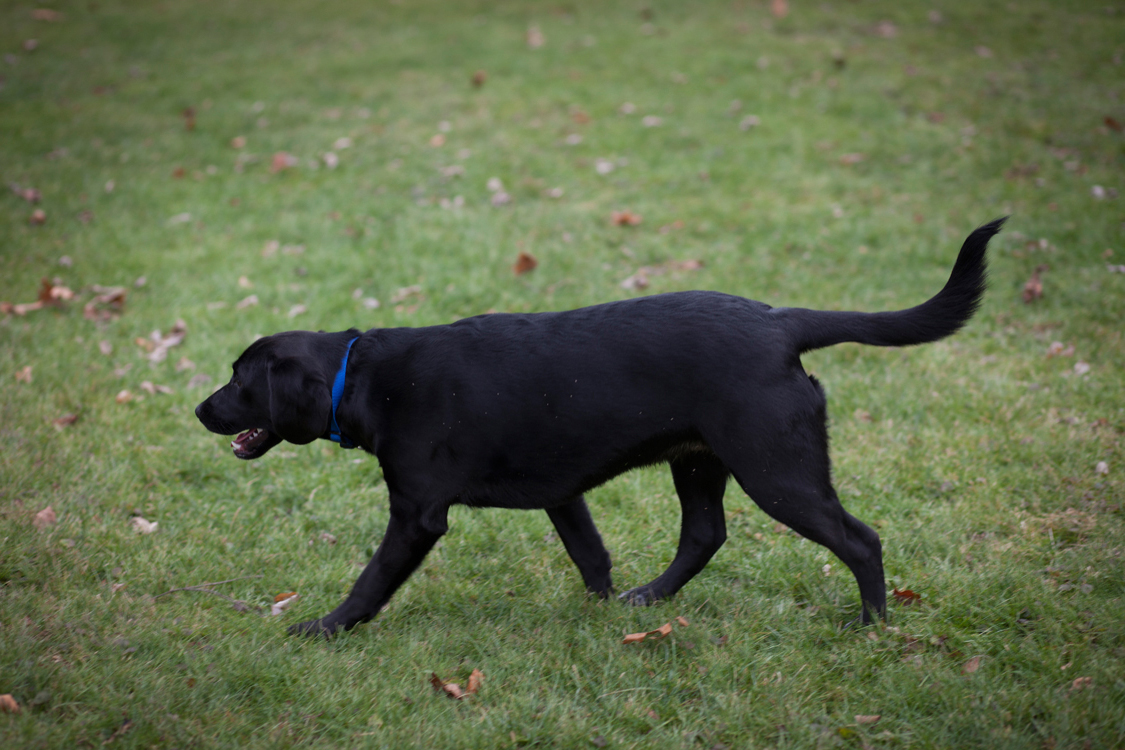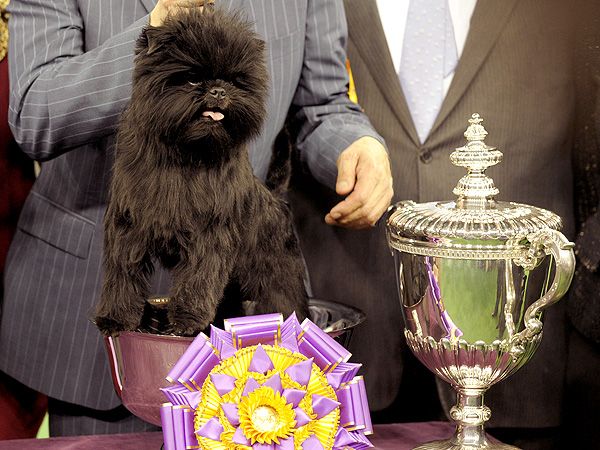 It doesn’t take thousands of dollars or a 4-year education to become a dog trainer; however, it’s also not as simple as waving a magic wand. Becoming a dog trainer takes commitment, studying, and experience. If you’ve ever wanted to be a dog trainer, here are some things to consider, and programs you might want to pursue.
It doesn’t take thousands of dollars or a 4-year education to become a dog trainer; however, it’s also not as simple as waving a magic wand. Becoming a dog trainer takes commitment, studying, and experience. If you’ve ever wanted to be a dog trainer, here are some things to consider, and programs you might want to pursue.
What kind of dog trainer do you want to be?
There are various types and styles of dog training, so before you jump into the world of dog training, make sure you’re following a path that best matches your style and expectations.
First, the training styles: The most popular dog training styles out there are positive reinforcement and alpha-dog/pack-leader training. TV shows like “Dog Whisperer” and “It’s Me or the Dog” have made both these styles popular and well-known.
Positive reinforcement – oftentimes linked to clicker-training, the belief of this method is that by rewarding and shaping behavior, you’ll get the desired results without breaking the spirit of the dog. This is often linked to “operant conditioning,” a term coined by behaviorist B.F. Skinner.
The point of operant conditioning is that you, the trainer, modify a dog’s voluntary behavior. So, for example, if you’re playing with your dog and notice that he lies down, you might take that moment to reward him (with a treat, a hug, or your favorite slipper …). Your dog might wonder what the treat was for, and in trying to figure out what he did “right,” he lies down again. Voila. Treat again.
The use of a clicker helps to create a “marker” for wanted behavior. If you can associate the clicker noise with a reward, then as a trainer you can realistically train your dog to do just about anything, including a three-minute ballroom dance. No kidding. The clicker (or conditioned reinforcer) acts as a bridge when introducing a new behavior.
Let’s say you’ve mastered “sit” through a series of click and reward sessions. Now it’s time to teach “paw.” If, one day, you notice your dog slightly lift up her paw, you click and reward. A click! Your dog knows this. Click means “good,” and might also get your dog into the idea that she needs to start performing “something” in order to get her reward. So, maybe she sits (because she knows that trick). But you didn’t want her to sit. No click. No treat. Hmm … now what? She ponders for a moment. Then you see it, the ever-so-slight lift of a paw. Click. Reward.
Ahh. I see. Lift my paw.
This brings up another aspect of this style of training: shaping behavior.
When it’s all said and done you probably don’t want your dog to lift her paw up one inch off the ground when you ask for a handshake. But, until now, you’ve rewarded her for this. That’s fine. You needed to establish a starting point. Now it’s time to shape the behavior. But how?
This is an exercise in extreme patience and awareness. If your dog raises her paw an inch, don’t click. Don’t reward. But, if you eventually see her raise it two inches (yes, even that slight a difference), click. Reward. Do it a few times, and every so often shape your dog to raise her paw higher, until she’s doing exactly what you want.
Throughout these training sessions you infuse vocal commands and hand gestures so that you can eliminate the clicker, and get it ready for the next trick or behavior.
If this type of session sounds like your thing, then you may want to consider a clicker-training program. Karen Pryor Academy offers online Dog Trainer Foundations training, as well as a more intensive in-person training (which involves your having to train another animal other than a dog in order to graduate). You can also check local training schools to see if they offer courses for you. This is, by far, the most popular method of dog training out there, so you shouldn’t have a problem finding something near you.
Alpha-dog/Pack-leader training – The face of this movement is Cesar Millan, and it’s hard to argue with his results. Cesar has, on camera, tamed the most vicious of dogs with nothing more than his role as an alpha dog.
The focus of this method is balance. Alpha-dog trainers believe that it’s important to speak to a dog in his language, and his language is that of a member of a pack. Pack animals (this includes, for example, pigs) follow a certain, natural order. The leader of the pack sets the rules and tones. The other dogs follow suit because in this pack there is safety and order.
Dogs crave balance and stability. Alpha-dog trainers seek to provide this balance in their role as pack leader.
What does it mean to be a pack leader?
If you ask Cesar, being a pack leader starts with how you carry yourself. Slouchers and stressed souls need not apply. As an alpha dog, you must walk with a sense of pride and confidence. And, since dogs pick up on your energy, you have to remain calm.
Rather than rewarding a dog for a certain behaviors (and not rewarding them for unwanted behavior), alpha-dog trainers believe that a dog will learn right from wrong through their pack leader.
Cesar uses his iconic “shhht” sound to correct unwanted behavior, coupled with what he refers to as a light touch. This refocuses the dog’s mind from the unwanted behavior.
Exercise. Discipline. Affection.
Alpha-dog trainers believe in this order – exercise, discipline and affection. A dog can’t be trained, or balanced, until it has been given an opportunity to expend some energy. This is particularly true with younger dogs. Then, when the dog’s energy is lower, he’ll be more capable of enduring training or discipline sessions (such as how to stay, walk, sit, etc.). At the end of this session, the trainer would then show affection. This could range from treats, to petting, or a combination.
If this sounds like something up your alley, then you may be a pack-leader trainer. This method is popular, but not nearly as accessible as clicker training. Cesarsway.com is a good place to start your research, or you can talk to your local doggie daycare centers or trainers to see if they follow this method.
The types of dog training
Now that you’ve learned the two most popular styles of dog training, you have to consider the type of dog trainer you want to be. Trainers have a variety of specialities including:
- Puppy training (socializing, potty training, etc.)
- Behavioral training (not as much a focus on training as it is focused on helping your dog fit in better with your home. If your dog chews, barks, or jumps, a behavioral trainer can help)
- Obedience training (this is where commands become prevalent. The overarching goal is to have the dog become obedient to their owners)
- Agility training (for dogs who compete in dog sports such as obstacle courses. This is far beyond sit and stay)
- Vocational training (for dogs who will have a job such as a sheepherder, service dog, hunting dog, etc.)
No matter what style or type of dog training you decide on, it’s best if you learn as much as you can of every method. While you may, right now, believe wholeheartedly in clicker training, you may discover that the use of some alpha-dog methods work well with certain dogs and situations. There is no one size fits all, and the successful dog trainer will have plenty of tools in his toolbox to be prepared for any situation.





